A Guide to Laser Skin Whitening Cost in South Korea
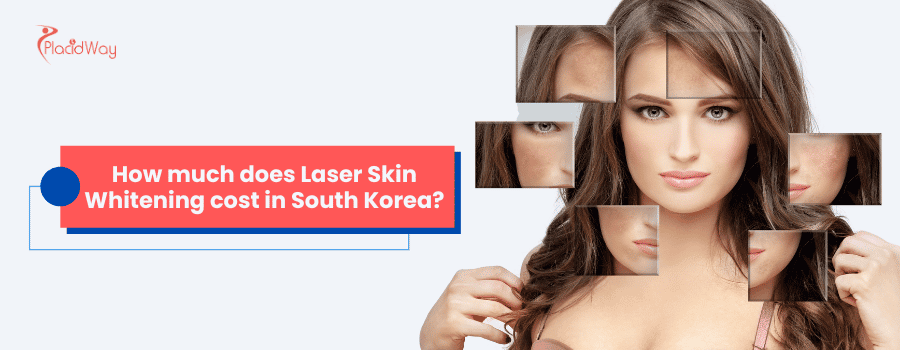
South Korea is globally renowned as a powerhouse of skincare innovation and advanced dermatological procedures. It's no surprise that people from all over the world flock to the country for high-quality treatments, including laser skin whitening. If you're considering this procedure to achieve a brighter, more even skin tone, your primary question is likely about the cost. The laser skin whitening cost in South Korea is significantly more affordable than in many Western countries, offering a blend of cutting-edge technology and expert care at affordable cost.
This guide will walk you through everything you need to know, from the exact costs of different laser treatments to what you can expect from the procedure. We'll break down the factors that influence pricing, the types of lasers used in top dermatology clinics in Seoul, and answer all the pressing questions you might have. Get ready to explore how you can achieve your dream complexion with the help of Korean cosmetic expertise.
What is the average cost of laser skin whitening in South Korea?
"The average laser skin whitening cost in South Korea typically ranges from $75 to $400 USD per session, depending on the type of laser used, the clinic's reputation, and the specific area being treated."
This price range is a general estimate. Simple laser toning for evening out skin tone might be on the lower end, while more intensive treatments like Fraxel or advanced Pico lasers for significant pigmentation issues could be on the higher end. Many clinics also offer package deals for multiple sessions, which can significantly reduce the per-session cost. For example, a package of 10 laser toning sessions might be offered for $600 to $800, bringing the individual session cost down.
It's crucial to remember that this cost usually covers the procedure itself. Consultation fees, post-treatment care products, and any necessary medications might be additional expenses. Always ask for a detailed cost breakdown during your consultation to avoid any surprises.
What factors influence the cost of laser skin treatments in Korea?
"Key factors influencing the cost of laser skin whitening in South Korea include the type of laser technology, the number of sessions required, the reputation and location of the clinic, and the experience of the dermatologist."
Let's break these factors down further. High-end clinics located in prime districts like Gangnam in Seoul often charge more due to higher overheads and the premium experience they offer. The specific technology also plays a massive role; newer, more advanced lasers like PicoSure or Fraxel Dual are generally more expensive than traditional Nd:YAG laser toning.
Here’s a simple table illustrating how these factors can affect the price:
| Factor | Lower Cost | Higher Cost |
|---|---|---|
| Clinic Location | Outside of central Seoul | Gangnam, Apgujeong |
| Laser Technology | Standard Laser Toning | Advanced Pico Laser, Fraxel |
| Dermatologist | General Dermatologist | Renowned, specialized dermatologist |
| Package Deal | Single Session Purchase | Package of 5-10 Sessions |
| Treatment Area | Small spot treatment | Full face or large body area |
What are the different types of laser skin whitening treatments?
"The most common types of laser skin whitening treatments in South Korea include Laser Toning, Pico Laser (or Picosecond Laser), Fractional Laser (like Fraxel), and IPL (Intense Pulsed Light)."
Each of these treatments works differently and targets specific skin concerns. Laser toning is often the most popular choice for general skin brightening and treating mild pigmentation. It involves using a gentle, low-energy laser to break down melanin pigments in the skin over a series of sessions with minimal downtime.
Pico Laser, a more advanced option, delivers ultra-short pulses of energy to the skin. This shatters pigment into tiny particles that the body can easily eliminate. It's highly effective for stubborn hyperpigmentation, sun spots, and even tattoo removal. Fractional lasers work by creating microscopic thermal zones in the skin, promoting collagen production and resurfacing the top layer, which is excellent for texture issues and acne scars alongside brightening. IPL isn't technically a laser but is often grouped with them; it uses broad-spectrum light to treat a variety of issues, including redness and sun spots.
How many sessions are needed for laser skin whitening?
"For effective results, most laser skin whitening treatments in South Korea require a series of 5 to 10 sessions, typically spaced 1 to 4 weeks apart."
A single laser session will rarely give you the final results you desire. The process is gradual, as the laser works to break down pigment and stimulate the skin's natural healing processes over time. For general laser toning, clinics almost always recommend a package of 10 sessions to achieve a noticeable and lasting improvement in skin tone and clarity.
For more powerful treatments like Pico laser or Fraxel, you might see results in fewer sessions, perhaps 3 to 5. However, this depends entirely on your individual skin condition, the severity of your pigmentation, and your desired outcome. Your dermatologist will create a personalized treatment plan during your initial consultation.
Is laser skin whitening in South Korea safe for foreigners?
"Yes, laser skin whitening in South Korea is very safe for foreigners. Reputable clinics use FDA and KFDA-approved technology and have experienced dermatologists, many of whom are fluent in English and accustomed to treating diverse skin types."
South Korea's dermatology clinics are among the most advanced in the world and adhere to strict safety protocols. They have extensive experience treating international patients with various skin tones and types, from Caucasian to Asian to darker skin tones. This is a crucial point, as laser treatments need to be carefully calibrated for different skin types to avoid side effects like burns or post-inflammatory hyperpigmentation (PIH).
To ensure your safety, always choose a well-regarded clinic. Look for reviews from other international patients, check for certifications, and ensure the clinic has English-speaking staff or translators available to make communication seamless. A thorough consultation where you can openly discuss your concerns is a sign of a trustworthy provider.
What is the difference between Pico Laser and Laser Toning?
"The main difference between Pico Laser and Laser Toning is the speed of the energy pulse. Pico lasers deliver energy in picoseconds (trillionths of a second), which is much faster than the nanosecond pulses of traditional Q-switched lasers used for toning. This makes Pico lasers more effective at shattering pigment with less heat and damage to surrounding tissue."
Think of it like this: traditional laser toning is like using a hammer to break up a rock, while a Pico laser is like using a high-powered jackhammer. The Pico laser's speed and power break pigment into much smaller, dust-like particles, which are easier for your body's immune system to clear away.
This results in several key benefits for the Pico Laser:
- Fewer sessions are often needed.
- It's more effective for stubborn pigmentation like melasma.
- There is a lower risk of side effects like PIH.
- It can also stimulate collagen for improved skin texture.
However, the laser skin whitening cost in South Korea for Pico is higher than for standard toning, which is an important consideration for your budget.
What should I expect during a laser treatment consultation?
"During your consultation at a Korean dermatology clinic, you should expect a thorough skin analysis, a discussion of your goals, a recommended treatment plan, and a detailed breakdown of the total cost."
Your first step will be a one-on-one meeting with a dermatologist or a highly trained consultant. They will likely use advanced diagnostic tools to get a close look at your skin's condition, identifying the depth and type of your pigmentation. Be prepared to discuss your medical history, any previous cosmetic treatments, and your lifestyle habits (like sun exposure).
This is your opportunity to ask questions. Don't be shy! Ask about the specific laser they recommend and why, the expected results, potential side effects, and the full cost. A professional clinic will provide clear, transparent answers and ensure you feel comfortable and informed before you commit to any treatment.
What is the recovery time for laser skin whitening?
"The recovery time for most laser skin whitening treatments like toning or Pico laser is minimal, often with no downtime at all. You might experience some mild redness or swelling for a few hours immediately after the procedure."
This is one of the biggest advantages of modern laser treatments. For standard laser toning and most Pico laser sessions, you can often return to your daily activities, including applying makeup, right after your appointment. The treated area might feel slightly warm, similar to a mild sunburn, but this usually subsides within a day.
More intensive treatments like a Fractional Laser will have a longer recovery period. You might experience redness, swelling, and a "sandpaper" texture on your skin for 3 to 7 days as the skin heals and resurfaces. Your clinic will provide detailed post-care instructions, which are crucial to follow for the best results and to prevent complications.
What are the potential side effects of laser skin whitening?
"While generally safe, potential side effects of laser skin whitening can include temporary redness, swelling, mild itching, and in rare cases, blistering, scarring, or changes in skin pigmentation (hyperpigmentation or hypopigmentation)."
The risk of side effects is significantly minimized when the procedure is performed by a qualified and experienced dermatologist using the appropriate laser settings for your skin type. The most common reactions—redness and slight swelling—are a normal part of the skin's healing response and typically resolve quickly.
More serious side effects are rare but possible. Post-inflammatory hyperpigmentation (PIH), a darkening of the skin, can occur, especially in darker skin tones if the laser energy is too high. This is why choosing a clinic with experience treating diverse skin types is so important. Following post-care instructions, especially diligent sun protection, is your best defense against unwanted side effects.
Is laser skin whitening permanent?
"The results of laser skin whitening can be long-lasting, but they are not necessarily permanent. The treatment removes existing pigmentation, but it doesn't stop your skin from producing new melanin in the future, especially with sun exposure."
Think of it as resetting your skin. The laser clears away the sun spots, melasma, and discoloration you currently have. However, your skin is a living organ, and factors like aging, hormonal changes, and especially UV radiation from the sun can cause new spots to form over time.
To maintain your results, a consistent skincare routine and diligent sun protection are non-negotiable. You must wear a broad-spectrum sunscreen with a high SPF every single day, rain or shine. Many people also opt for periodic maintenance sessions (e.g., one session every 3-6 months) to keep their complexion clear and bright long-term.
How do I prepare for a laser skin whitening treatment?
"To prepare for your laser skin whitening treatment, you should avoid direct sun exposure and tanning for at least two weeks beforehand, and stop using any harsh skincare products like retinoids or exfoliating acids for about a week prior to your appointment."
Proper preparation ensures your skin is in the best possible condition for the laser treatment, which minimizes risks and maximizes results. Sun-tanned or sunburned skin is more prone to complications, so protecting your skin from UV rays is the most important step.
You should also arrive at your appointment with clean, makeup-free skin. Inform your dermatologist of any medications you are taking, as some can increase photosensitivity. Staying hydrated and being well-rested can also help your body's healing process post-treatment.
Do dermatology clinics in South Korea offer packages for tourists?
"Yes, many dermatology clinics in Seoul and other major cities offer all-inclusive packages specifically designed for medical tourists. These packages often bundle the consultation, a set number of laser sessions, and sometimes even post-care products or services at a competitive price."
These packages are incredibly convenient for international visitors. They simplify the process and often provide better value than paying for each service individually. A typical package might include a skin analysis, 5 or 10 sessions of a specific laser treatment, and a soothing post-procedure facial or mask.
Some clinics go even further, offering services like airport pickup, hotel arrangements, and translator services to make the entire experience smooth and stress-free. When researching clinics, be sure to inquire about any special promotions or packages available for international patients.
Ready to take the next step towards a brighter, more flawless complexion? The expertise and advanced technology available in South Korea can make your skincare dreams a reality.
Explore top-rated dermatology clinics in South Korea and get personalized quotes for your laser skin whitening treatment with PlacidWay. Connect with world-class medical providers today!


.png)


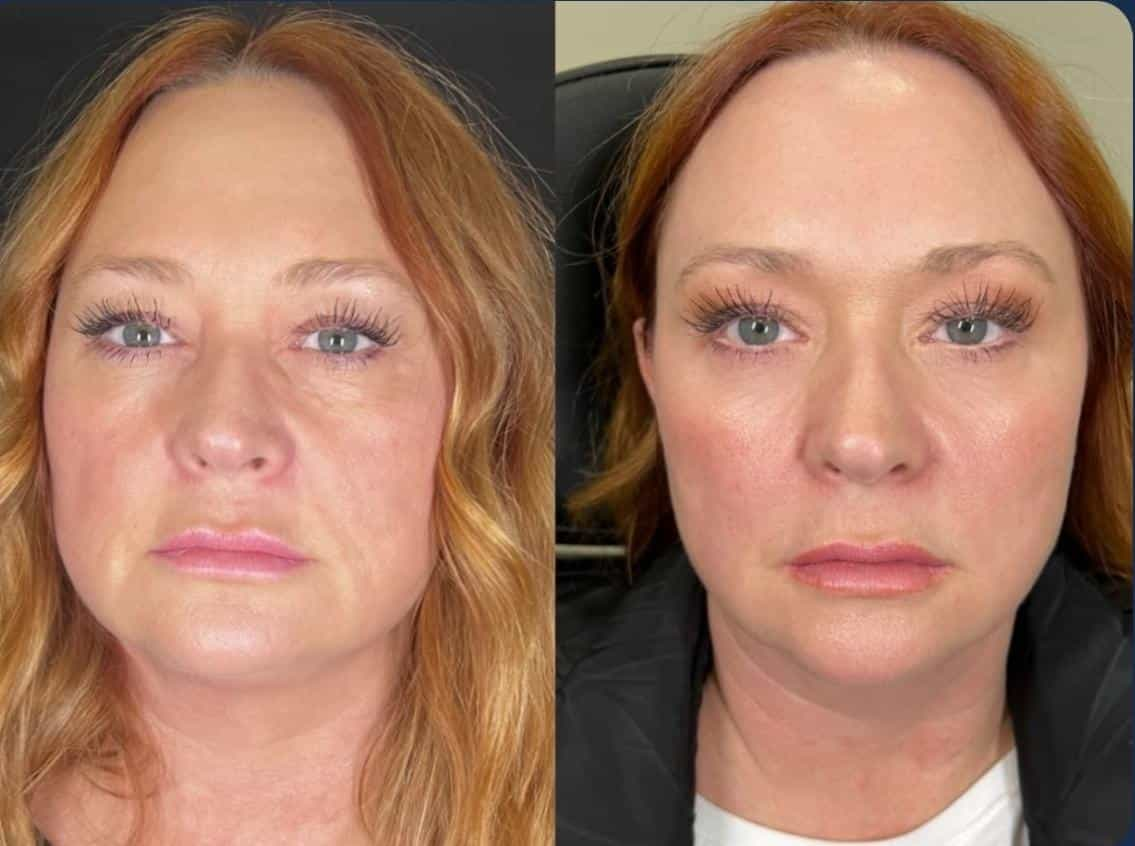




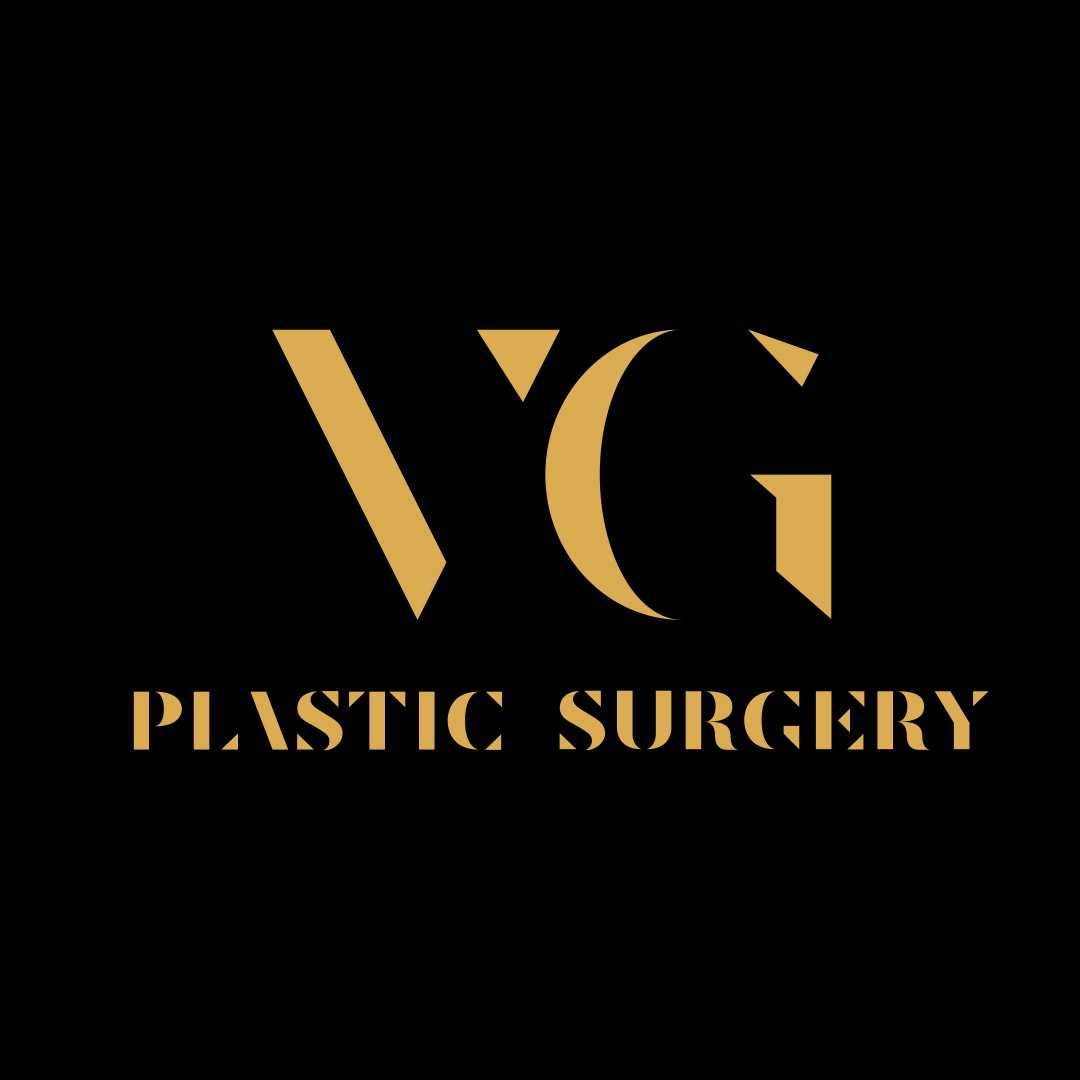
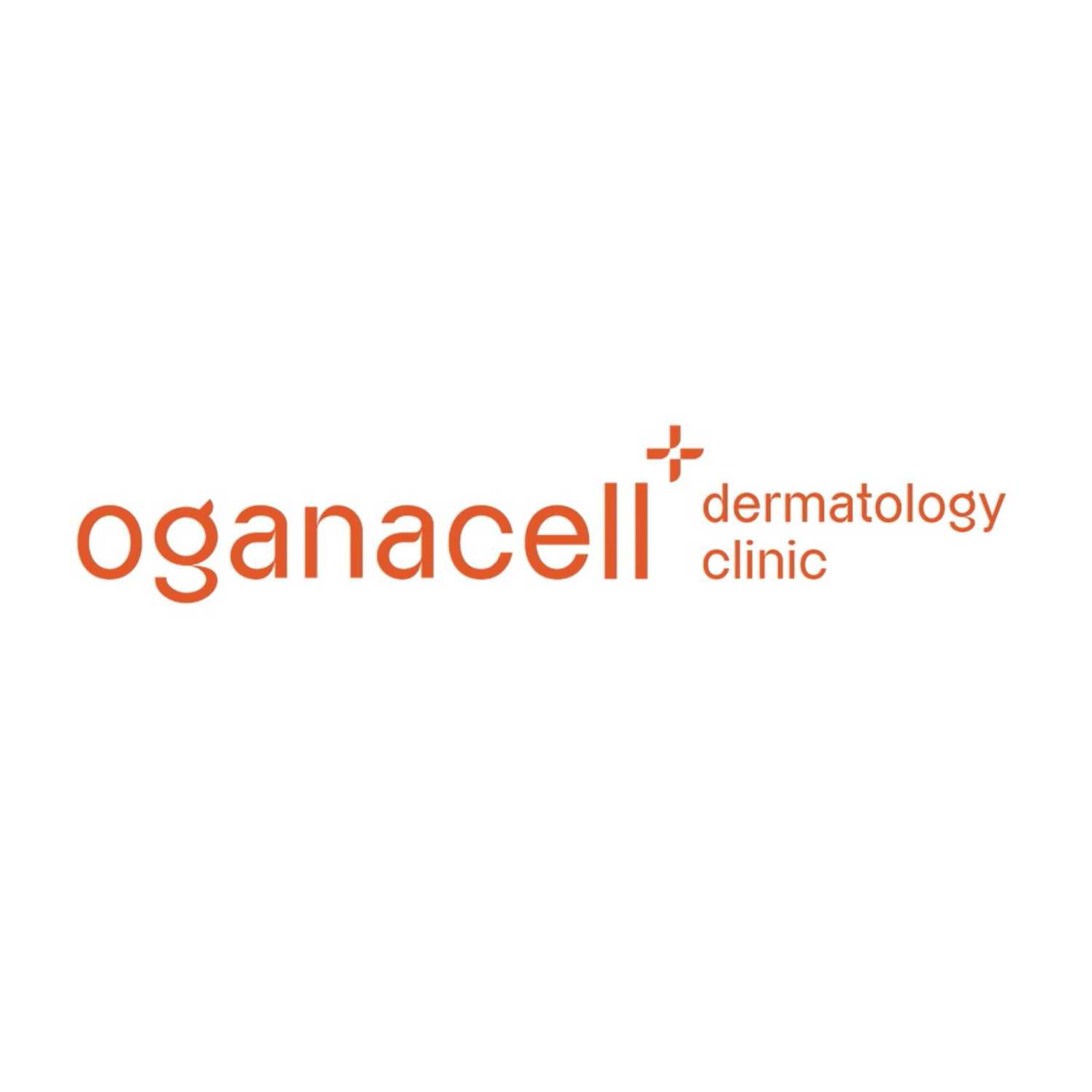
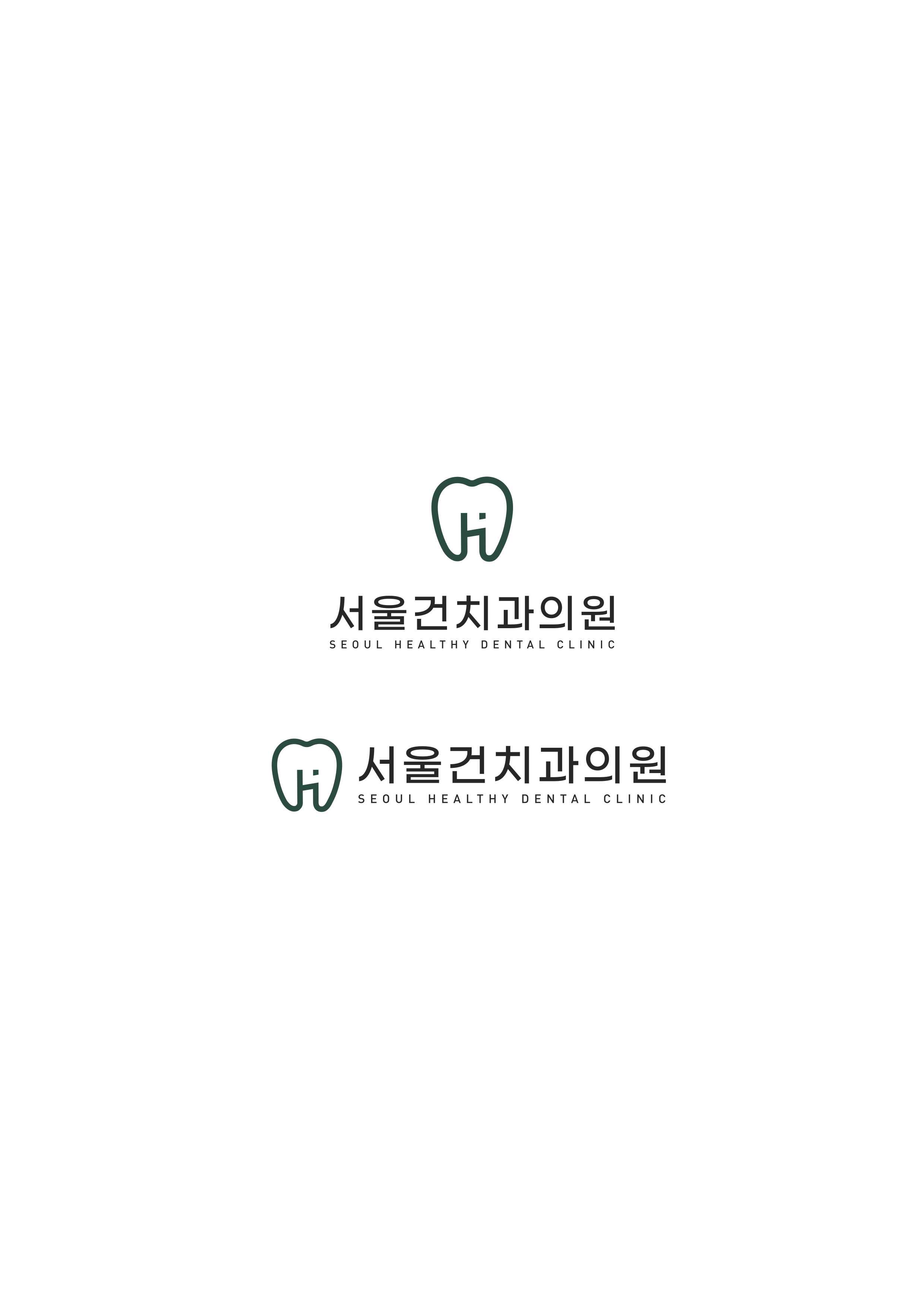
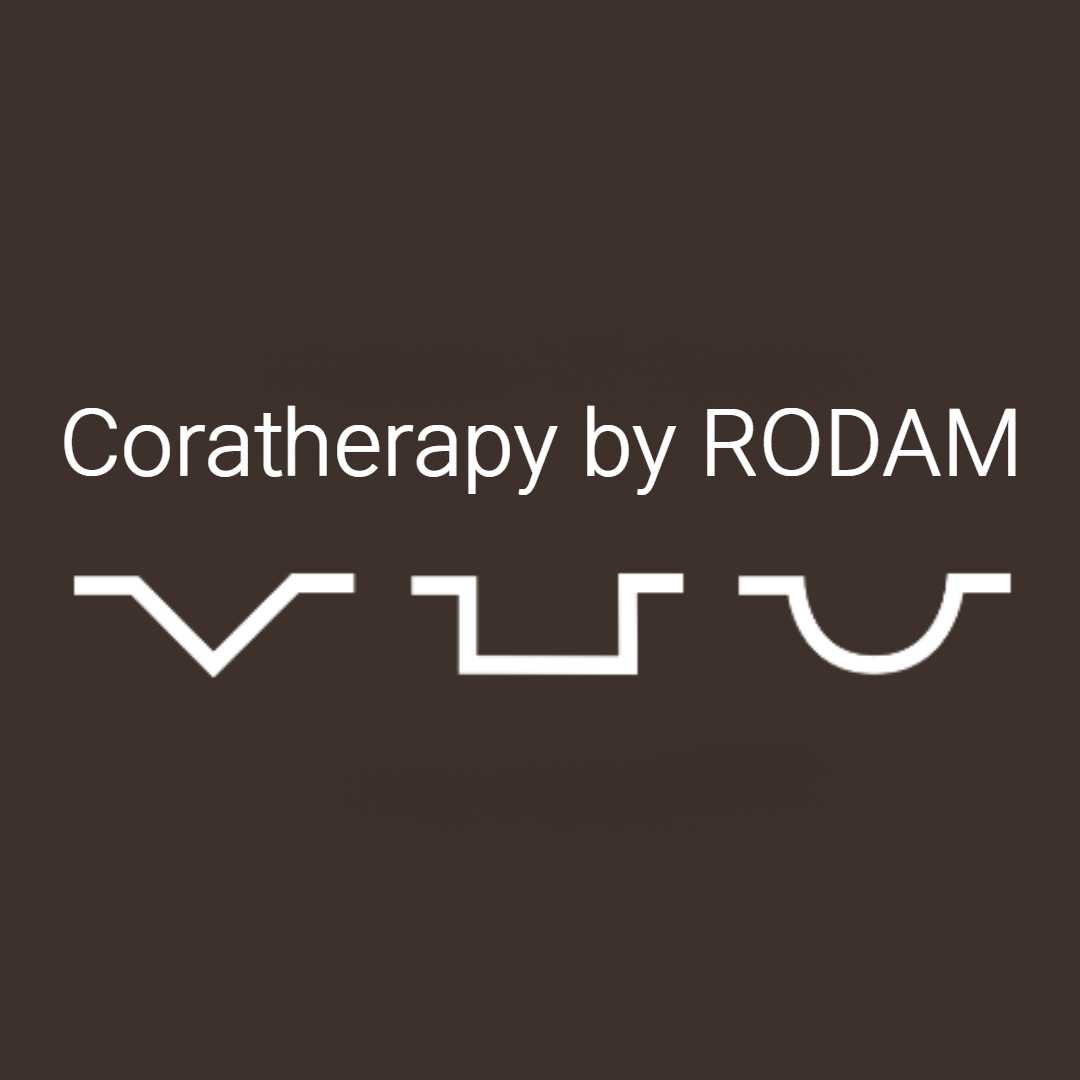


Share this listing